Monitoring is the repeated observation and measurement of specific park natural resources in order to better understand their condition. In the Southerns Plains Network, we track a set of vital signs— physical, chemical, and biological elements and processes that can indicate the overall health or condition of park resources.
Methodical, careful measurements, year after year, of these vital signs are key to understanding if or how an ecosystem might be changing. Network vital signs are a subset of the total suite of natural resources that park managers need to preserve "unimpaired for future generations."
The Southern Plains Network Monitoring Plan provides a detailed description of our monitoring strategy and our selected vital signs.
Learn more about vital signs and how they've been established in 32 networks across the country. A complete list of natural resource monitoring reports produced by the Southern Plains Network can be found on the Reports and Publications page.
Network Vital Signs
-
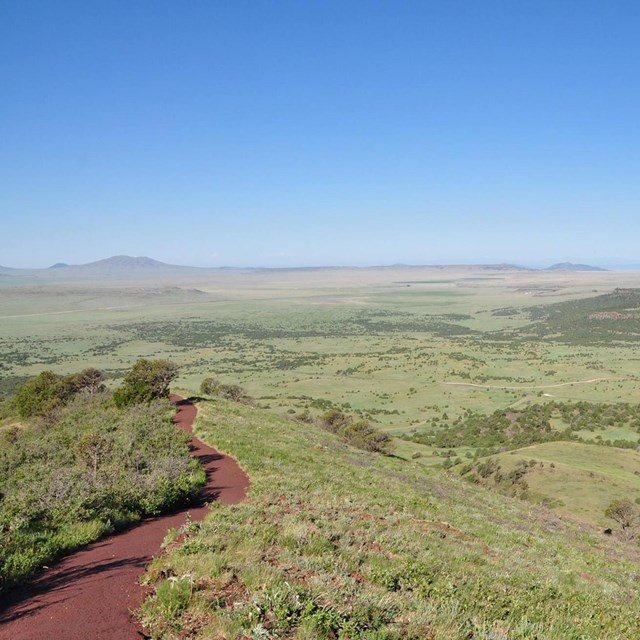 Air Quality
Air QualityUnderstanding changes in air quality can aid in interpreting changes in other monitored vital signs.
-
 Climate
ClimateClimate plays a crucial role in driving or regulating many biological and physical processes at the landscape scale.
-
 Exotic Plants
Exotic PlantsIn the Great Plains, grasslands are increasingly degraded and fragmented, resulting in increased chances of exotic plant species invasions.
-
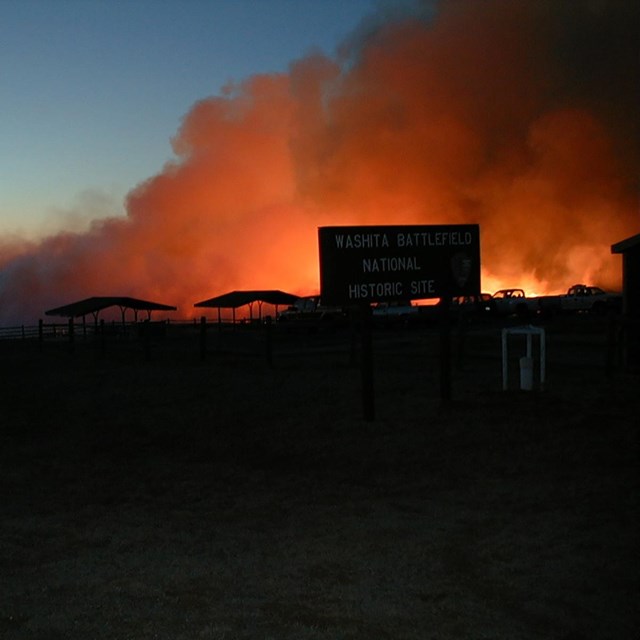 Grassland Vegetation & Fire Effects
Grassland Vegetation & Fire EffectsGrassland is the most widespread vegetation type in the Southern Plains, and fire is one of the most influential disturbance processes.
-
 Groundwater
GroundwaterGroundwater overdrafts are a leading anthropogenic stressor in Southern Plains Network parks.
-
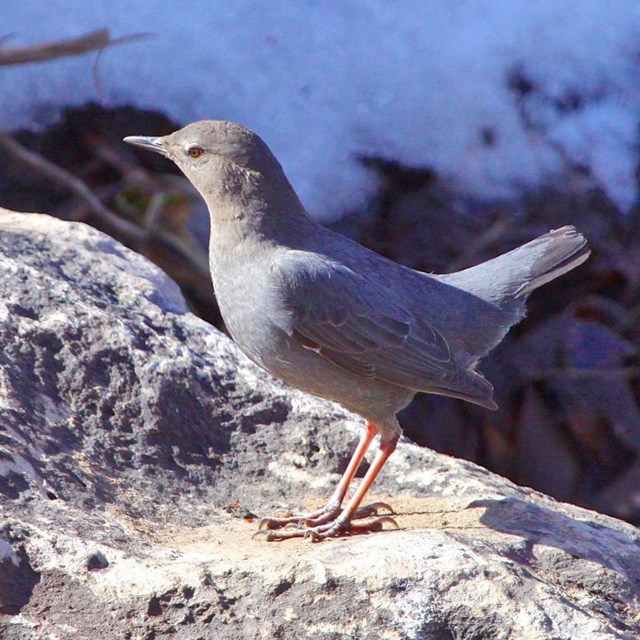 Landbirds
LandbirdsGrassland birds respond to management practices such as grazing and fire, as well as to landscape-level changes in the ecosystem.
-
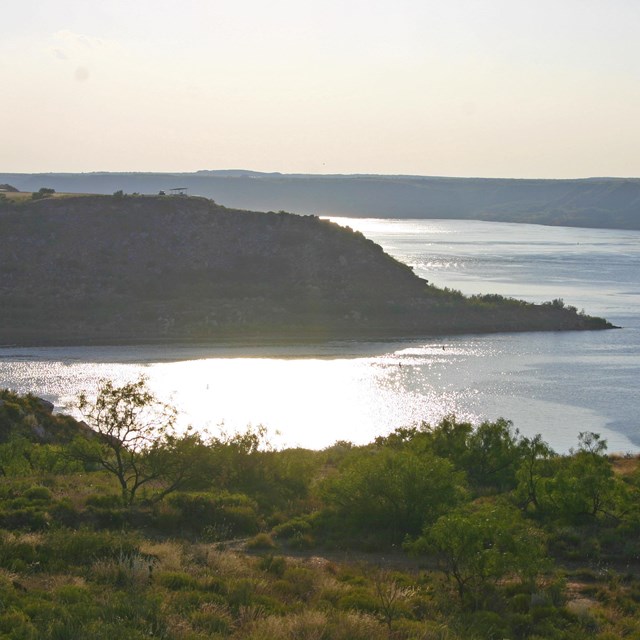 Landscape Dynamics & Human Demographics
Landscape Dynamics & Human DemographicsLandscape ecology focuses on patterns and processes at multiple spatial and temporal scales of the landscape mosaic.
-
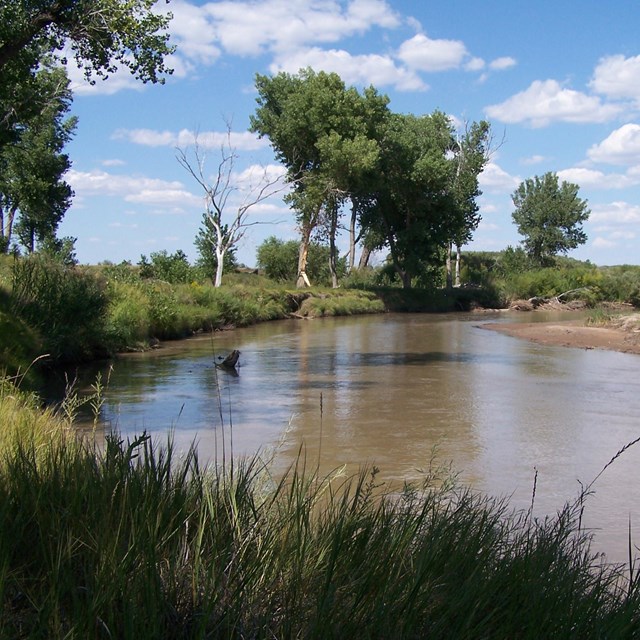 Riparian Vegetation
Riparian VegetationRiparian systems perform numerous ecosystem functions important to human populations.
-
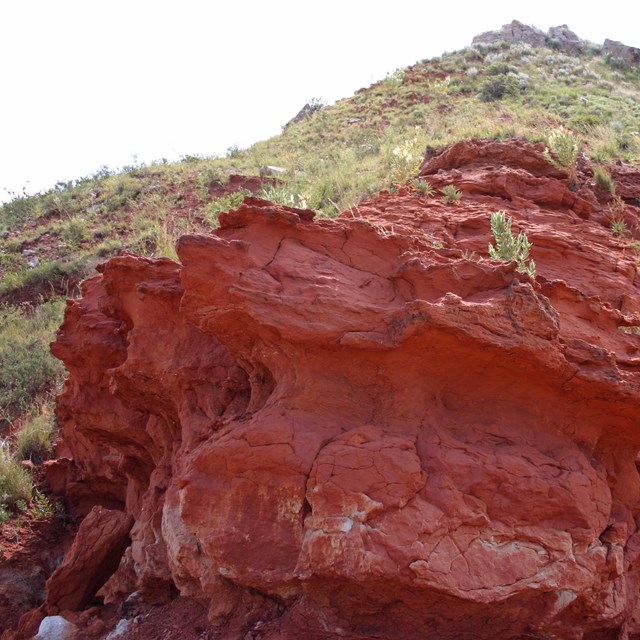 Soil Structure & Chemistry
Soil Structure & ChemistryKnowing the status and trends of soil conditions is critical for maintaining the integrity of the Southern Plains Network park ecosystems.
-
 Surface Water Quantity
Surface Water QuantityWater availability is one of the key drivers of ecosystem function in the Southern Plains and provides many key insights.
-
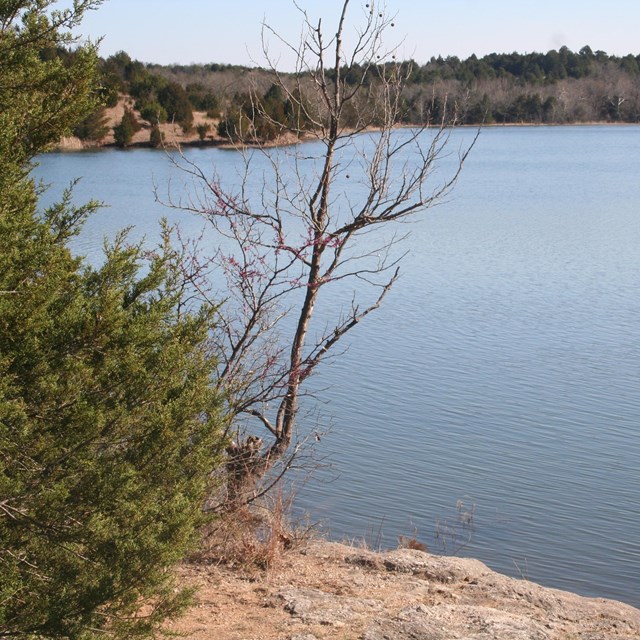 Water Quality
Water QualitySurface water quality is important to maintain a healthy habitat for many aquatic organisms, wildlife, and humans.
Last updated: December 19, 2025
